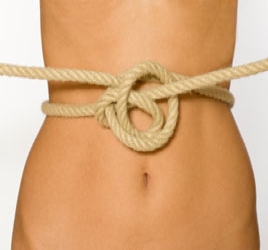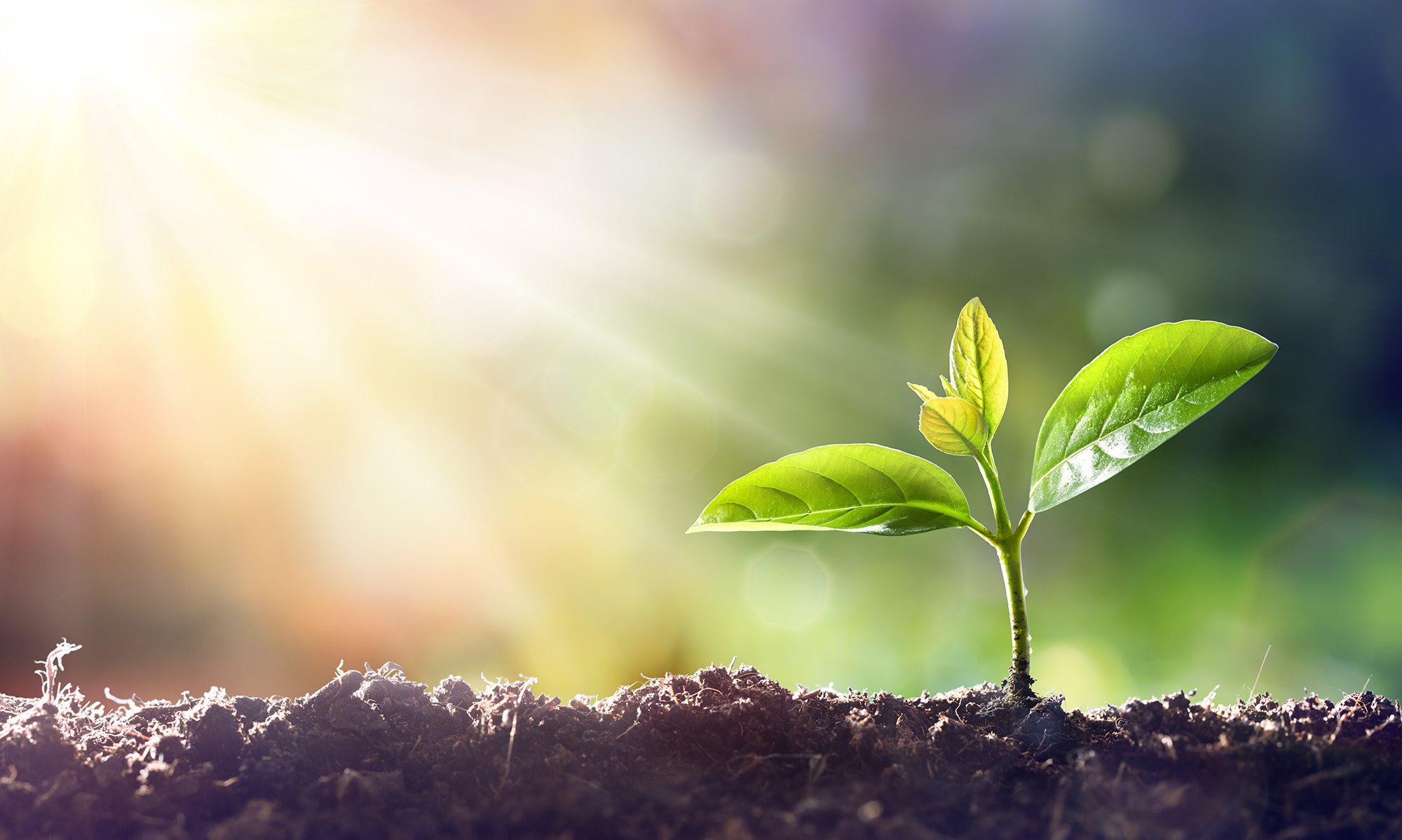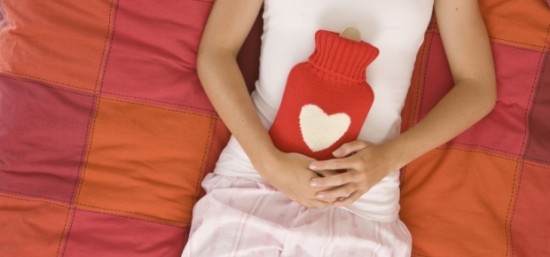Time to read – approximately 8 mins
What is Endometriosis?
Endometriosis is a condition that affects up to one in ten women. It is a condition in which endometrial like tissue (the endometrium lines the uterus and sheds monthly), grows outside of the uterus. It can grow in the pelvic cavity, the pelvic wall, on the ovaries, the bowel, bladder and the ligaments and fascia that support the uterus and pelvic organs. In some it may even grow in distal sites around the body.
The cause of endometriosis is still unknown however there are many theories and known aggravating factors. It is considered a chronic multifactorial condition. Genetics, diet, lifestyle, hormones such as oestrogen, stress and the gut and/or vaginal microbiome all facilitate a person’s predisposition to endometriosis.
About Endometriosis
One theory is that the cells lining the uterus experience changes that convert them to endometrial cells or that the endometrial cells are spread throughout the pelvis via blood and lymphatic systems or via retrograde menstruation, meaning menstruation occurs in the opposite direction as to what it should. Like the endometrial lining of the uterus the endometriosis deposits respond to the normal reproductive hormonal cycle causing the deposits to respond to specific hormones at certain times by growing.
Endometriosis is also now understood to have an inflammatory and altered immune function component. When women menstruate, there is a release of prostaglandins, an inflammatory response that can cause pain. Whilst the endometriosis responds to the hormonal changes in a woman’s body it is the ongoing inflammation that causes the pain that is so strongly associated with endometriosis.
Read more HERE about how Vibe Natural Health practitioners can help people suffering from Endometriosis pain
The deposits of endometriosis throughout the pelvic cavity can swell, grow and irritate the surrounding structures as well as those that it is adhered too. This can then cause adhesions and scarring. Not only does this increase pain it also prevents our pelvic organs from moving in the natural way they are designed too. Just like your lungs breath or your stomach digests food to pass to your intestine, our bowel, bladder and reproductive organs have an innate motility. They move autonomically, as well as being suspended in the pelvis by supporting ligaments which can pull them in certain directions. If these areas have adhesions and scarring, this can prevent the natural movement that is meant to occur, causing venous and lymphatic congestion due to lack of movement and even disrupt our bowel or bladder motions. Also impacting this and potentially increasing pain is the nerve supply to these organs that comes from the spinal nerves and via the Vagus nerve. If there is dysfunction at the origin of these nerves, this may create what we call facilitation and aggravate the nerve and thus the organ it supplies. This is a two-way street, dysfunction at the organ can cause irritation of the nerve and its corresponding spinal levels, this is known as a somato-visceral or viscero-somatic reflex.

What are the symptoms of Endometriosis?
The primary symptoms of endometriosis are pain, painful sex, ovulation, bowel or bladder motions, low back pain or chronic ongoing pain. It is important to note that the level of endometriosis deposited throughout does not directly correlate to the number of symptoms a woman may experience. Many woman are asymptomatic, however many of these woman are diagnosed due to fertility issues.
How can Osteopathy help with your Endometriosis Pain?
There is so much that osteopathy and nutrition can do to help manage symptoms and support quality of life. Both modalities aim to downregulate inflammation, this may be through diet and supplementation as well as enabling the pelvis and body to function and move better. Depending on a person’s current lifestyle and diet many changes may need to be made, such as adopting an anti-inflammatory diet, gluten free and dairy free diet and limiting alcohol; doing these things decreases the production of prostaglandins which cause inflammation and pain. Certain supplements such as n-acetyl cysteine, alpha-lipoic acid, bromelain and calcium-d-glucurate have shown promising results in clinical trials to manage pain, decrease inflammation and increase chances of conception.
Osteopathically we look structurally at the biomechanics of the body as a whole, from the way your feet support you to how you carry your head. Everything is connected. The aim is to support ease of motion and help the body find the path of least resistance. We work on treating the pelvis directly and ensuring there is flexibility and stability at the hips, the sacroiliac joint and lower back. Osteopaths are also able to work on the pelvic organs via what is known as visceral technique. This enables us to treat the ligaments such as the round or uterosacral ligament (supporting structures of the uterus), to move more freely and improve that innate motion of these organs, as well as increasing lymphatic drainage and minimising pelvic congestion which is known to cause pain.
Whilst there is no known cure for endometriosis yet having a team of people to help you who can collaborate and best support your needs is essential. Having an understanding, skilled gynaecologist and surgeon if surgery is required, as well as someone to support your physical and emotional needs through a condition which can cause many people lots of pain, it’s important to know there are a variety of treatments available to you.
BOOK AN APPOINTMENT with an Osteopath at Vibe Natural Health below

